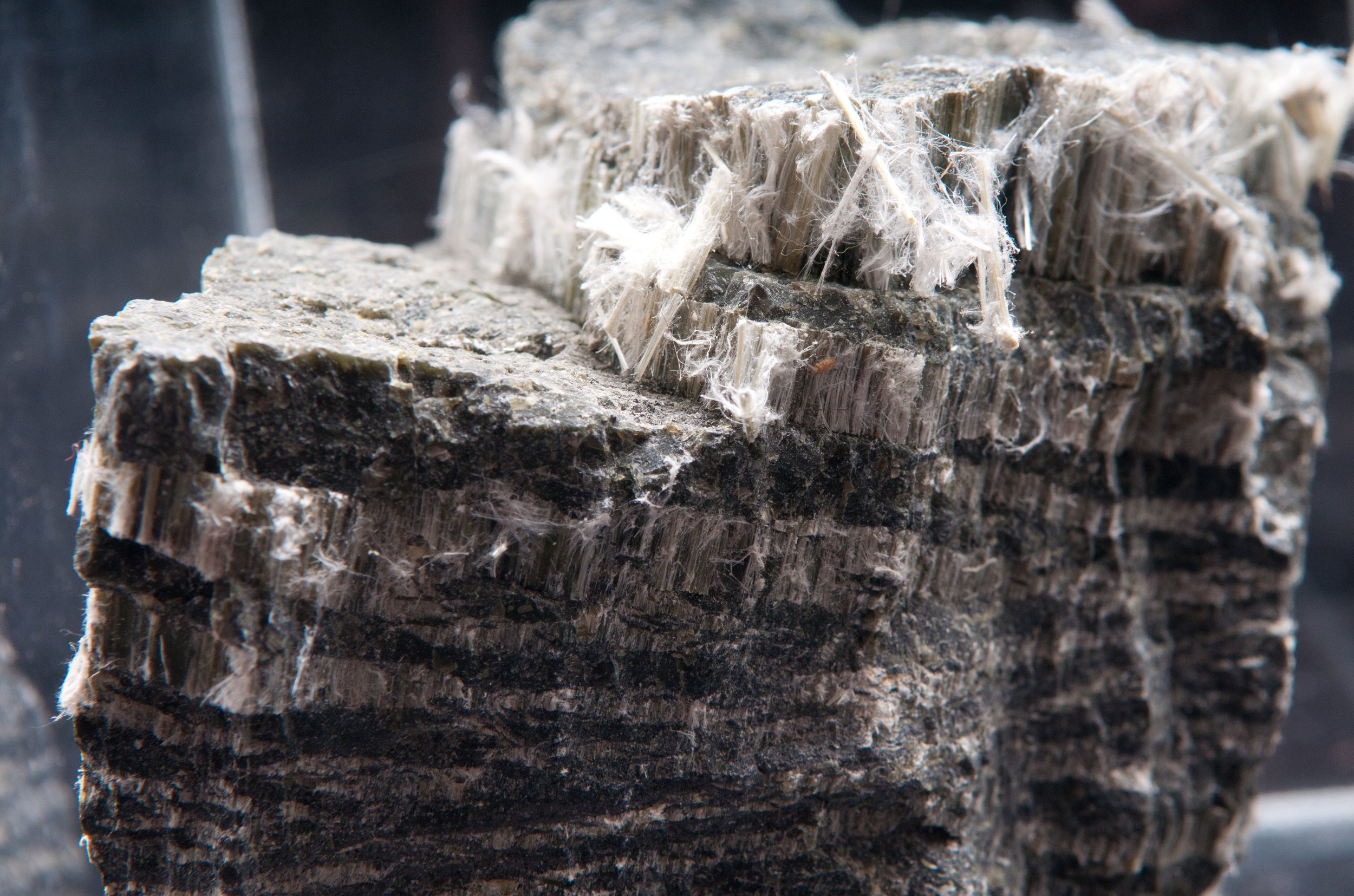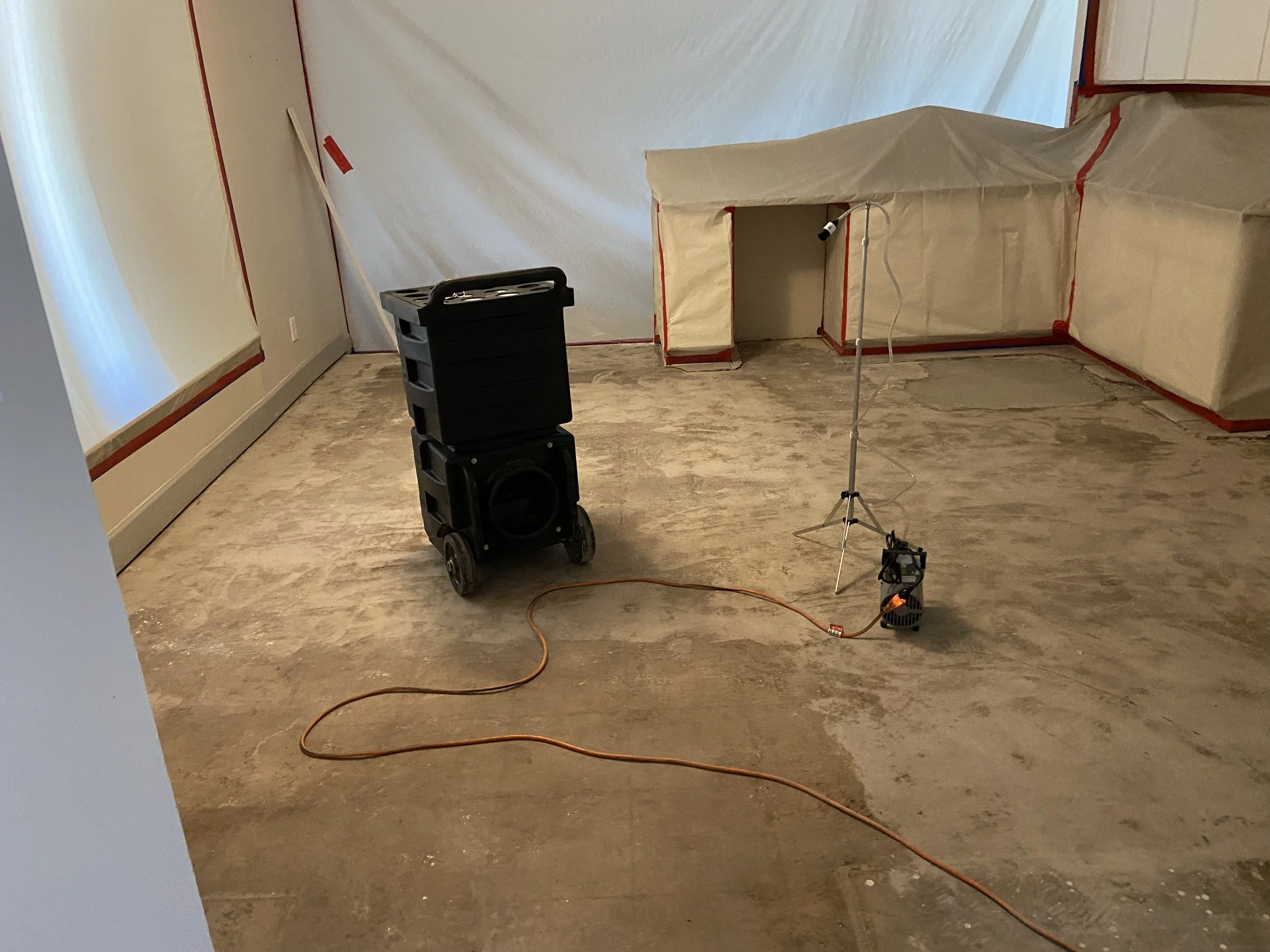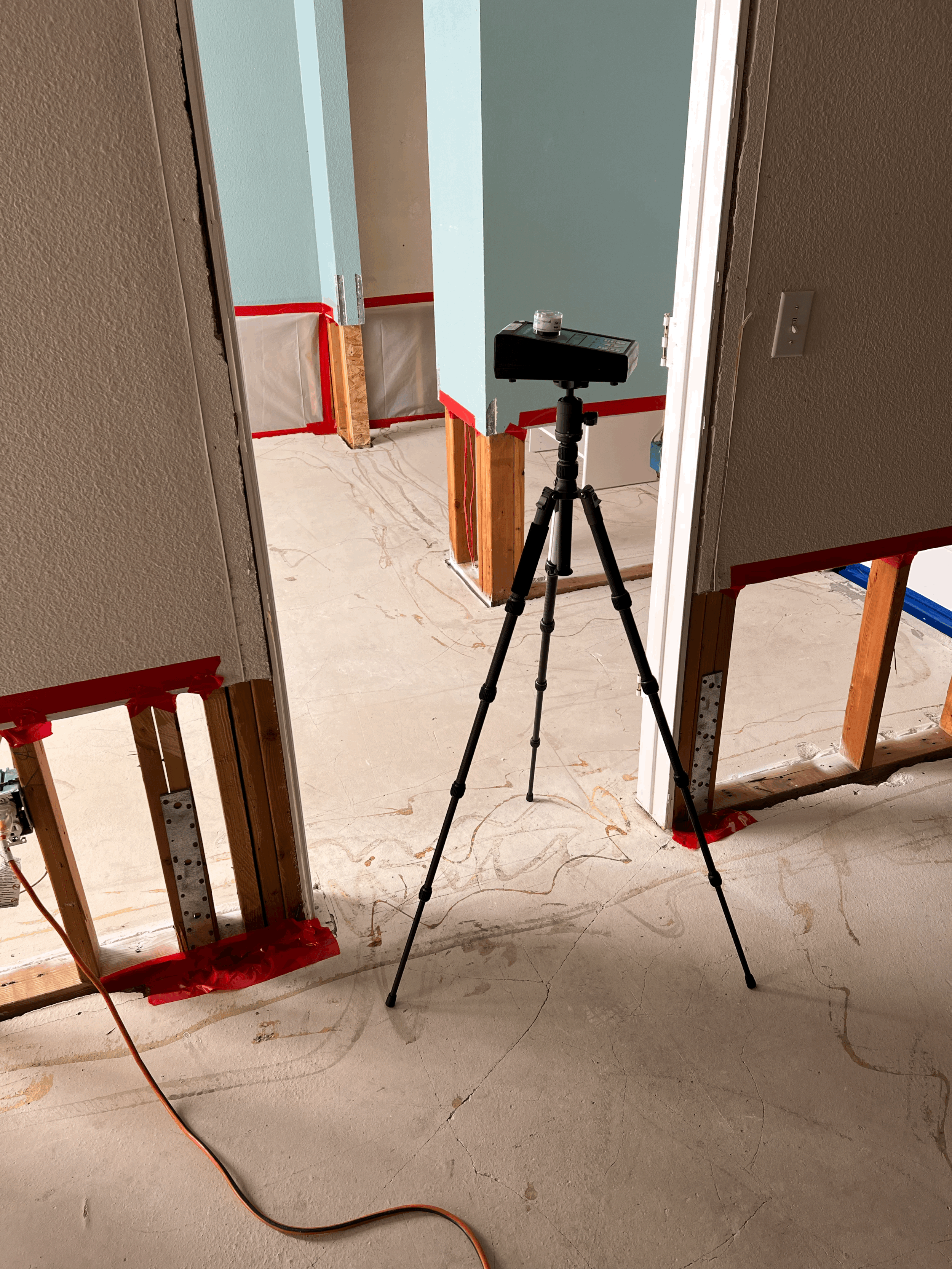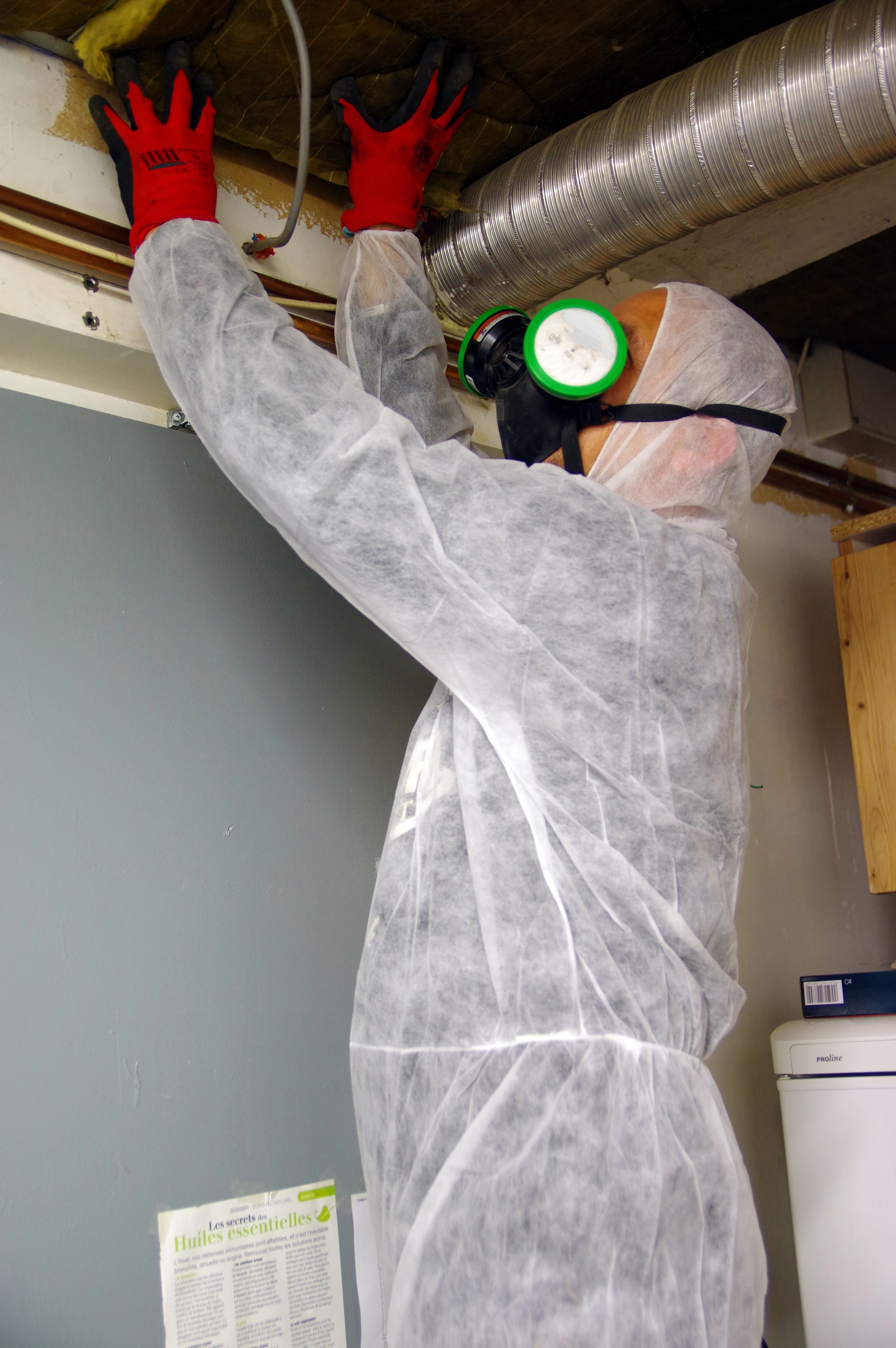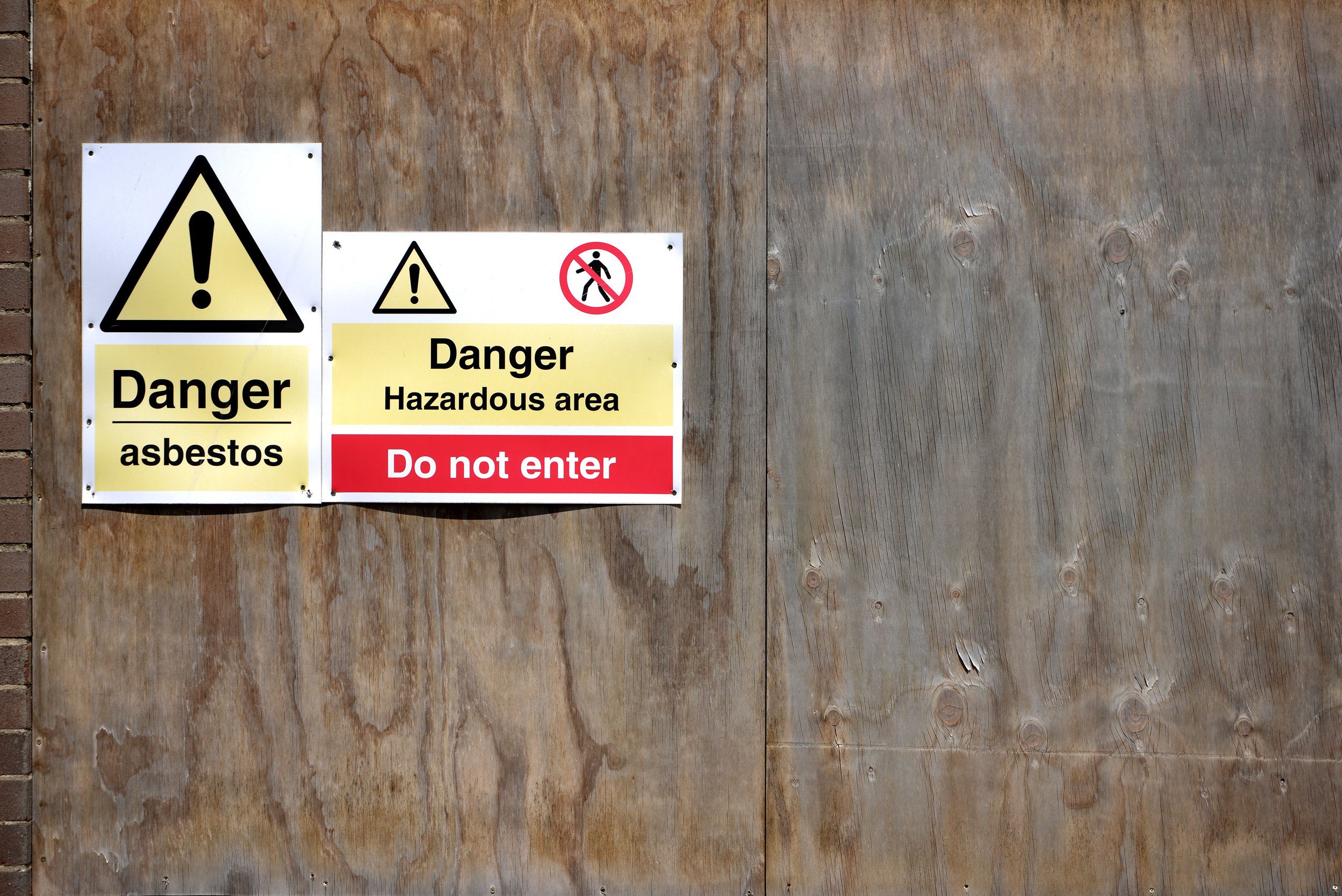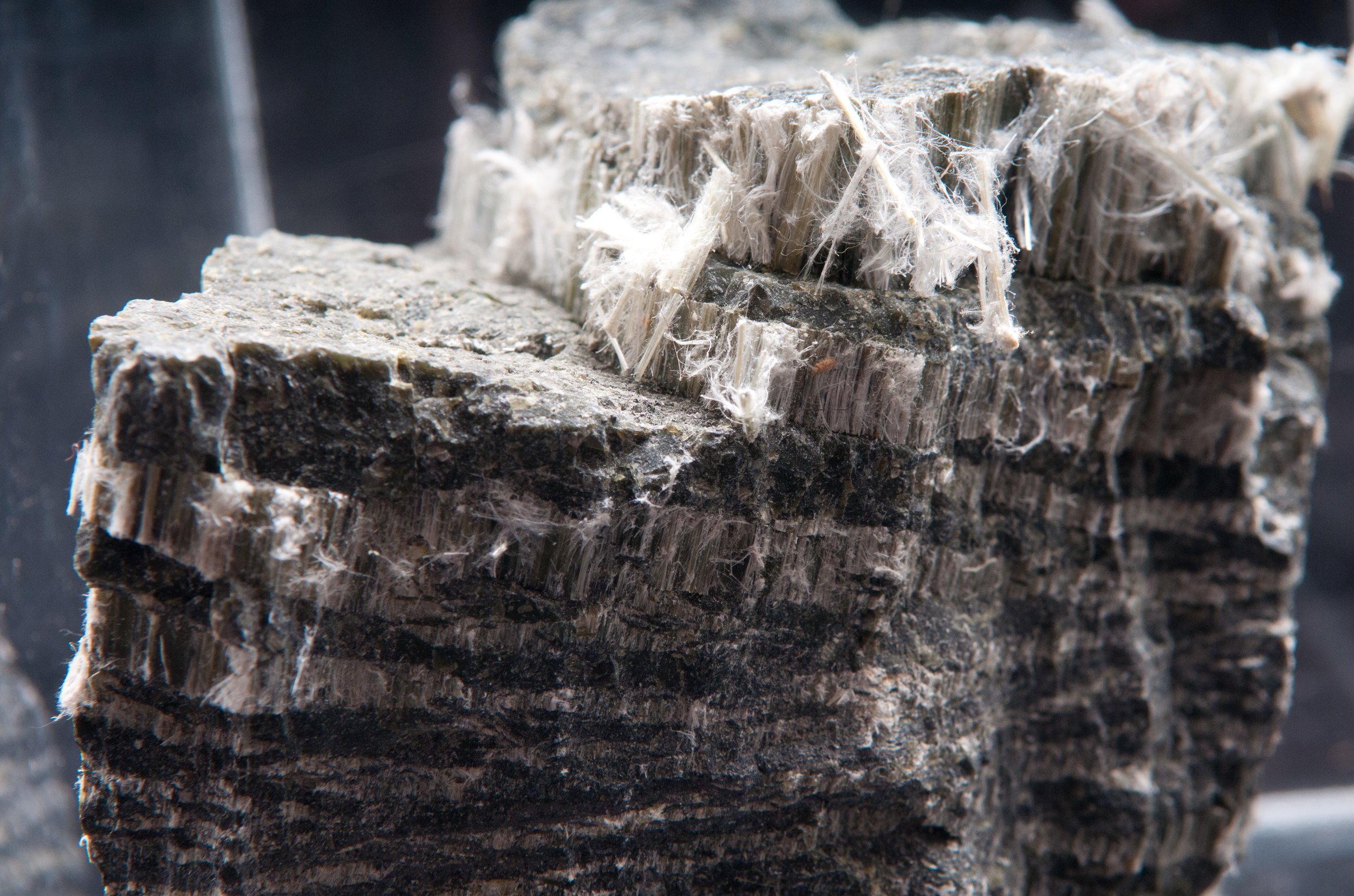
Asbestos Testing
Asbestos is a naturally occurring mineral that was widely used in construction materials for its durability and fire-resistant properties. However, exposure to asbestos fibers can lead to serious health issues such as lung cancer, mesothelioma, and asbestosis. There are many products on the market today that continue to contain asbestos. Asbestos was commonly used in construction materials for its fire resistance and durability

Asbestos Bulk Sampling
What is Asbestos Bulk Sampling?
Asbestos bulk sampling involves collecting representative samples of materials suspected to contain asbestos. Our experienced technicians carefully extract small portions of these materials, following strict protocols and industry guidelines. These samples are then sent to a certified laboratory for analysis and confirmation of asbestos presence.
Why is Asbestos Bulk Sampling Important?
Asbestos is often found in various building materials, such as insulation, flooring, roofing, pipe insulation, and textured coatings. Identifying the presence of asbestos through bulk sampling is crucial for several reasons:
Health and Safety: Asbestos fibers, when released into the air and inhaled, can cause serious respiratory diseases, including Mesothelioma. Conducting bulk sampling allows us to assess the risk level and take appropriate actions to safeguard your health and well-being.
Regulatory Compliance: Local regulations may require asbestos testing before renovation or demolition projects. By performing bulk sampling, you ensure compliance with legal requirements and avoid potential penalties.
Effective Management: Knowing the presence and extent of asbestos in your property allows for the development of an efficient and targeted asbestos management plan. This plan includes strategies for asbestos removal, encapsulation, or ongoing monitoring, ensuring a safer environment.

ASBESTOS MANAGEMENT PLANNER
Under the Asbestos Hazard Emergency Response Act (AHERA) of 1986, EPA published on October 30, 1987, AHERA rule, 40 CFR Part 763, Subpart E. The AHERA rule became effective on December 14, 1987 and applies to all public and private Elementary and Secondary Schools nationwide. Local Education Agencies (LEAs) are responsible for ensuring compliance with the AHERA rule and are required to develop and maintain an up-to-date Asbestos Management Plan (AMP).
Asbestos Management Plan (AMP) consists of:
Identification of ACMs: The plan should provide a detailed inventory of all known or suspected ACMs present in the building or facility. This includes a description of the location, type of material, condition, and any previous testing results.
Risk Assessment: An assessment of the risk associated with the identified ACMs is conducted. This involves evaluating factors such as the condition of the materials, their accessibility, and the likelihood of disturbance or damage.
Control Measures: The plan outlines specific control measures to minimize the risk of asbestos exposure. This may include strategies such as encapsulation, enclosure, or removal of ACMs. The plan also defines procedures for handling, storage, and disposal of asbestos waste.
Monitoring and Inspection: The AMP specifies a regular monitoring and inspection schedule to assess the condition of ACMs over time. This helps identify any deterioration, damage, or changes that may require immediate action.
Training and Awareness: The plan includes provisions for training employees, contractors, and other relevant individuals on asbestos risks, safe work practices, and emergency response procedures. This ensures that everyone is aware of the potential hazards and knows how to handle ACMs appropriately.
Communication and Record Keeping: The AMP defines communication protocols for informing employees, tenants, or occupants about the presence of ACMs and the measures in place to manage them. It also includes requirements for maintaining accurate and up-to-date records of inspections, testing, maintenance, and any remediation or removal activities.
Emergency Response: The plan establishes procedures to be followed in case of accidental disturbance or release of asbestos fibers. This includes steps for immediate containment, notification of authorities, and proper cleanup and decontamination measures.
Call QIC Environmental to stay compliant with this Federal law.
Asbestos Bulk Sampling Services in Mesa, Chandler, Gilbert, and Phoenix
At QIC Environmental Service, we specialize in accurate and reliable asbestos bulk sampling to help homeowners, businesses, and contractors identify potential asbestos hazards. With years of experience serving Mesa, Gilbert, Chandler, Phoenix, Scottsdale, and surrounding areas, our team follows industry best practices to ensure safe and thorough asbestos testing.
What Is Asbestos Bulk Sampling?
Asbestos was widely used in building materials before its health risks became known. Our asbestos bulk sampling service involves collecting and analyzing samples of materials like drywall, flooring, insulation, and ceiling tiles to check for asbestos content. This is essential if you’re planning renovations, demolition, or just want peace of mind in an older property.
Why Choose QIC Environmental Service for Asbestos Testing?
• Local Experts Serving the Phoenix Metro Area: We understand the unique needs of properties in Mesa, Chandler, Scottsdale, and beyond.
• Fast, Accurate Results: We provide detailed lab reports to help you make informed decisions about your property.
• Safe and Compliant Procedures: Our team follows all state and federal guidelines to ensure safety during sampling.
When Should You Schedule Asbestos Testing?
Consider asbestos bulk sampling if:
• You’re planning renovations or demolition in a home or building built before 1980.
• You suspect that materials like popcorn ceilings, floor tiles, or insulation may contain asbestos.
• You want to ensure your property is safe and asbestos-free before buying or selling.
Serving Mesa, Chandler, Gilbert, Scottsdale & Beyond
We proudly serve the greater Phoenix metro area, including Mesa, Gilbert, Chandler, Phoenix, and Scottsdale. Whether you need asbestos sampling for a residential, commercial, or industrial property, we’re here to help.
Contact Us for Professional Asbestos Bulk Sampling
Don’t take risks with your health and safety. Schedule your asbestos bulk sampling with QIC Environmental Service today. Call us now to book an appointment in Mesa, Gilbert, Chandler, Phoenix, or surrounding areas and protect your property from potential asbestos hazards.

Asbestos Clearance
The asbestos clearance process refers to the steps taken to ensure that an area or building is safe and free from asbestos fibers after asbestos removal or remediation activities have been conducted. Asbestos is a hazardous material that was commonly used in construction and insulation until its health risks became known.
Here are the typical steps involved in the asbestos clearance process:
1. Asbestos Removal/Remediation: The first step is the removal or remediation of asbestos-containing materials (ACMs) by trained professionals. This process may involve encapsulating or enclosing the asbestos to prevent fiber release or complete removal.
2. Visual Inspection: Once the asbestos removal or remediation is complete, a visual inspection is conducted. Trained inspectors examine the area to ensure that all identified asbestos materials have been properly addressed and removed.
3. Air Sampling: Air sampling is a crucial part of the clearance process. Samples are collected to determine the concentration of airborne asbestos fibers in the area. This is done using specialized equipment such as air pumps and filters.
4. Laboratory Analysis: The air samples collected are sent to a certified laboratory for analysis. The samples are examined under a microscope to identify and quantify any asbestos fibers present. The results of the analysis are typically provided in a report.
5. Clearance Certificate: If the air sampling results indicate that the area is safe and within regulatory limits for asbestos fibers, a clearance certificate is issued. The certificate confirms that the area has been successfully cleared of asbestos and is safe for reoccupation or further work.
It's important to note that the specific requirements and regulations for asbestos clearance may vary depending on the jurisdiction. Call us to get the best quality of service and knowledge of Local. State and Federal regulation .
Recent Articles and Insights

Our Core Services
Asbestos
Asbestos is often used in construction material and for a wide variety of other purposes; if inhaled, this substance can cause a number of severe and potentially lethal pulmonary conditions, including Mesothelioma.
Mold
Mold reproduce by tiny spores; the spores are invisible to the naked eye and float through outdoor and indoor air. QIC Environmental Service can assist with determining your indoor home and/or commercial air quality.
Lead-Based Paint
Lead is a naturally occurring element. Lead can be found in all parts of our environment – the air, the soil, the water, and even inside our homes. Our exposure comes from industrial facilities, and past use of lead-based paint in homes.
Phase 1 and Phase 2 assessments
Phase 1 and Phase 2 Environmental Site Assessments provides you with the expertise, regulatory compliance, thoroughness, customized approach, advanced techniques, comprehensive reporting, cost and time efficiency, and a trusted partner for your environmental assessment needs..


